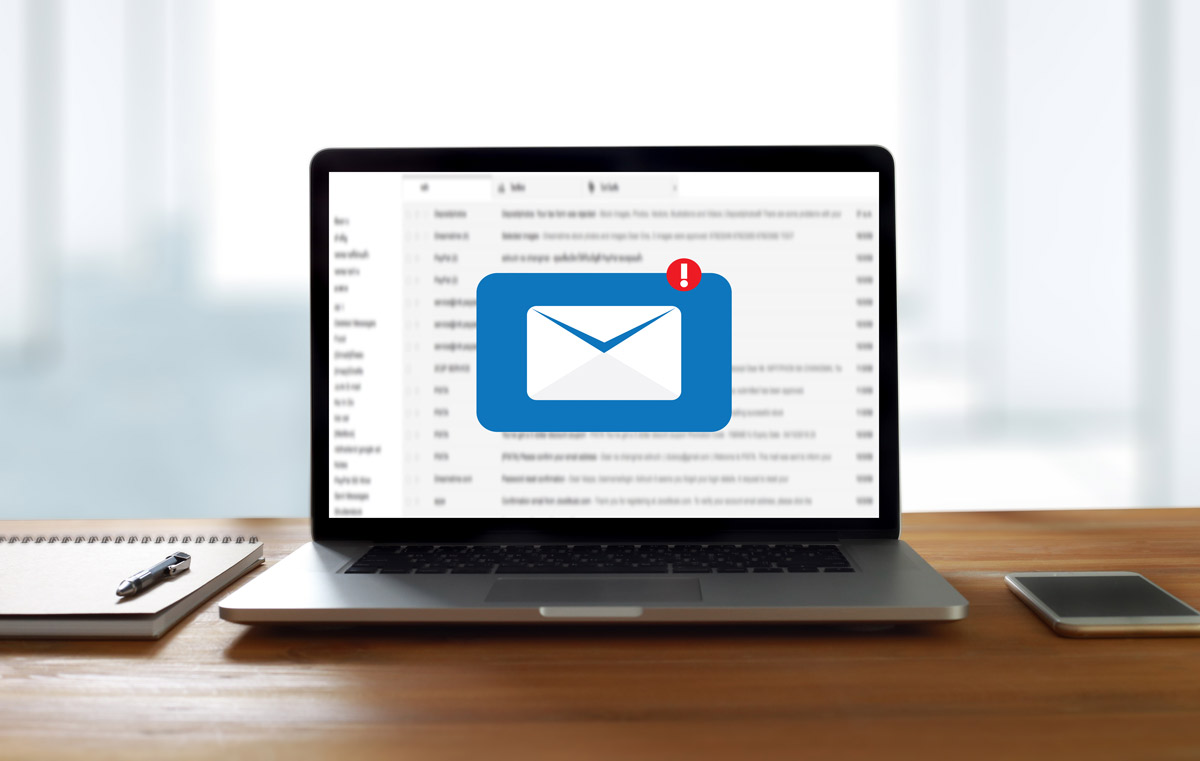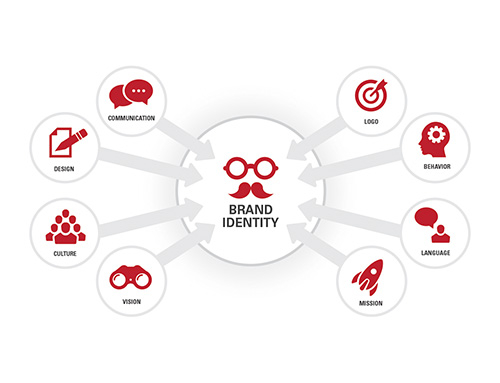
2019 is here and it’s no surprise that digital marketing trends will continue to show increased engagement (with no hint declining). Email marketing in 2018 was a top tool used by marketers, and for many businesses continues to be the number one transactional tool with the greatest ROI.
According to a 2018 study, 79% of B2B marketers credit email as the most effective distribution channel for demand generating efforts. While some recent studies show open rates being less-than-desirable for B2B organizations. Quell’s very own daily newsletter, The Motor Minute, holds steady at an impressive 30% open rate, and continues to grow in distribution. Our campaigns for B2B clients experience similar success (maybe we’re just that good at creating compelling content).
Email Marketing – A few dos and don’ts
It’s clear email will continue to dominate digital marketing trends for B2C and B2B alike. So, what should and should not marketers be doing to boost the ROI of their 2019 email campaigns?
Do:
- Have a clear call to action (preferably with trackable links)
Keep your readers engaged beyond a single email. What do you want them to do next? Visit your website, download content, watch a video, etc.? If you have a clear call to action with trackable links, you can begin to identify who is likely a prospective customer, as well as who is not engaged. An opt-in action is a clear indicator of interest, but response to your call to action is an even stronger indicator of intent.Quell’s Marketing Automation Platform (QMAP) allows us to easily see how each email recipient engaged with the content, and allows us to follow their downstream engagement – visit website, engaging social media, responding to further emails, etc.
- Test your links after every round of revisions
This is a simple yet often overlooked step. Each time you send a test email, double check that your links still work. Formatting errors and HTML errors can cause issues when you’ve edited email content and layout, Any time you make a change double check all links.
- Include personalization when appropriate
Emails with simple personalization (including a first name of the recipient) and/or dynamic messaging typically have higher clickthrough rates. When possible, include ways to connect on a personal level with your audience. You’ll find greater success in your email opens and click-throughs.
- Ensure your emails are mobile-optimized
More than three quarters of users view emails on a mobile device. Emails that display incorrectly on mobile are usually deleted within three seconds. Most email service providers mobile-optimize your emails and allow you to “preview” them.
- Run email rendering tests
Most email platforms allow you to test how emails will be rendered by the most common email providers (Outlook, Gmail, Apple Mail, etc.) prior to emails being sent. Always keep in mind, the majority of 2018 email users reported using Apple Mail or Gmail above other providers. If you are only going to test two, start with those.
- Segment email lists
Recipients are 75% more likely to click on emails from segmented campaigns than non-segmented campaigns. What does that mean? Tailor emails to specific audience segments so the content is more personally relevant to each recipient who will be more likely to open and continue reading.
- Use just a bit more text than images
Marketing pros at the 2018 Digital Summit Detroit event touted a 60:40 strategy for being the most successful text-to-image ratio for better click-through-rates. We agree and see similar success with a good balance of images and content.
- Leverage pre-header text to increase email open rates
Pre-header text appears just below an email’s subject line in your inbox, showing a snippet of what’s to come in the email. An opportunity is missed when the preheader text reads “Can’t read this email? Open in your web browser” instead of taking advantage of summarizing the email value. Here’s how to insert pre-header text.
- Test your subject line
This simple step is so easy, and yet so often ignored by marketing pros. While most are doing a good job at A/B testing for subject lines, it doesn’t have to be so complicated! We tend to like free tools like subjectlinegrader.com that identify spam triggers or give you pointers based on proven best practices.
Now for the Don’ts:
- Don’t use boilerplate pre-header text
When taking advantage of this valuable tool to enhance any email, it’s easy to forget that you have pre-header text in the first place! Since the content is stored in the email’s HTML, be sure to review the best practices checklist each time you draft an email, so you don’t accidentally leave boilerplate language in the preview lines. Pre-header text can make or break your email.
- Don’t buy email lists (most of the time)
Legal regulations like CAN-SPAM attempt to protect email inboxes from commercial spam emailing. Best practices for email sending also include explicit “opt-in” permission, or even better, double opt-in processes. Purchased lists typically are poorly-sourced, non-opted in emails, meaning using them could in fact be breaking the CAN-SPAM laws against harvesting emails without an opt-in.Purchased lists often include spam traps which are email addresses created by Internet Service Providers (ISPs) to identify and block spam senders. They look like real email addresses, so it’s impossible to know if there are any harvested emails or spam traps in your purchased email lists.
There are few scenarios where buying a list would actually be valid. For example, publisher lists that have subscribers who have opted-in to receive third party emails; but these validated lists are typically expensive and ineffective ways to reach an interested audience. It is better to build your own list organically.
- Don’t forget to include a default field for blank records when personalizing
If you use personalization via dynamic content, there is a chance that bad records or blank fields will also be entered into your email content. For example, if you set a dynamic rule to include “first name” from the “first name” column in your Excel™ data, and the first name doesn’t exist for some records, the content inserted could look like “[No name]” or another automated content insertion for those records. Within most email platforms, you can set up a default field for blank records, so the inserted content is defined by you. For example, you can have the program insert the word “friend”, “smart shopper,” “marketing professional” or other personalized terms that would be relevant for your email list and content.
- Don’t ignore metrics
Email success can vary because not all audiences react the same, and not all subject lines will entice everyone to open. Benchmark your open and click rates so you establish an expected “engagement rate” for your emails. Start there, and work to improve. Keep track of what works, and what doesn’t, being sure to test just one variable at a time, such as subject lines, content, design or CTAs.Another great way to measure against benchmarks (especially if you’re just starting out and don’t have a baseline) is to review annual third-party industry benchmark studies. A few sources include:
- MailChimp: Email Marketing Benchmarks
- Smart Insights: Email marketing engagement and response statistics 2018
- Hubspot: Email Open Rates By Industry: See How You Stack Up
2018 was the year for digital engagement and 2019 shows no signs of slowing down. Email continues to be a strong tactic and continues to show promising ROI for B2B organizations in the future.
Reference the above “Do’s and Don’ts” each time you build a new email campaign, so you can reach and impact your important audiences with greater success.
Quell offers full-service digital marketing consultation, strategy development and execution. Learn more at Quell.com/services/digital.





